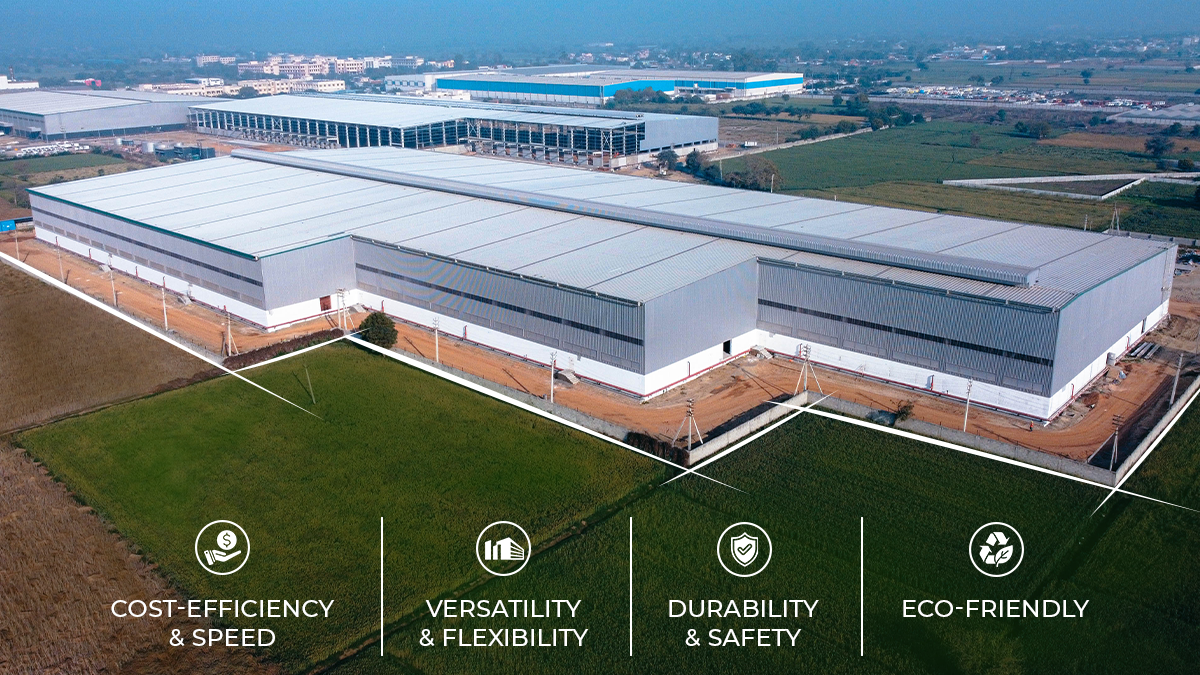
Cable Stay, Bi-Level Design Chosen for Brent Spence Bridge Connecting Ohio and Kentucky
[ad_1]
A design has been selected for a new bridge that will connect Cincinnati and northern Kentucky over the Ohio River. Substantial construction is expected to start in 2026 on the project, currently estimated to cost $3.6 billion.
The new bridge, a companion bridge to the Brent Spence Bridge, will be located west of the existing cantilevered truss bridge and will be a cable-stayed structure. Like the existing bridge, it will have two decks.
The Walsh Kokosing Joint Venture is the progressive design-build team contractor for the overall Brent Spence Bridge Corridor Project, which will encompass five miles of interstate in Kentucky, the new companion bridge and one mile of Interstate in Ohio.
AECOM is the lead designer, Jacobs is the lead engineer, and Parsons is the design quality firm. The project is being managed by a team comprised of the Ohio Dept. of Transportation (ODOT) and the Kentucky Transportation Cabinet.
“As we went through the designs, we wanted this [companion] bridge to be cost effective, functional, and safe, but we also wanted it to look good,” said Ohio Gov. Mike DeWine in a press release.
“The design we chose was the only one didn’t increase the cost and timeline to build,” adds ODOT spokesperson Matt Bruning. “It will be bigger and handle highway traffic.”

New bridge will help ease congestion on existing one.
Rendering courtesy of Ohio DOT/Kentucky Transportation Cabinet
The cable-stay design was selected from three designs considered that included a tied arch design and a cable-stayed, bi-level bridge with a steel truss.
It is estimated that the project will need six million hours worked by nearly 700 tradespeople. The Walsh-Kokosing website lists bidding opportunities for the project.
The new bridge will have four lanes on each deck for traffic from Interstates 71 and 75. The existing bridge that opened in 1963 will be reconfigured to add a shoulder that had been eliminated previously.
“Back in the 1980s, capacity was needed, so they took away the shoulders and made the bridge four lanes in each direction,” Bruning says. “The reconfigured bridge will have three lanes and a shoulder so there is a place to pull off to the side and get out of active traffic.”
The existing bridge was designed for 80,000 vehicles a day but now handles 160,000 a day.
Other elements of the project include improvements to eight miles of roadway in Ohio and Kentucky including redesign of ramp configurations, new pedestrian and bike paths to connect communities and improved access to transit stops and jobs.
The bridge has been in the works for about 20 years and has undergone various twists and turns, including in 2016 when Kentucky passed a law banning tolls on interstate bridges connecting Ohio and Kentucky. The new bridge will not have tolls.
The latest twist occurred on June 19 when a lawsuit was filed in the Southern District of Ohio by Covington, Ky. attorney Jamis Davis against Walsh-Kokosing, ODOT, and others alleging that Walsh Kokosing reneged on an agreement to hire him to oversee the hiring of small, minority and women-owned businesses, the Disadvantaged Business Enterprise (DBE) program.
Another lawsuit awaiting resolution was filed in October 2024, also in the Southern District of Ohio, by public transit advocates who assert that health and environmental impacts were overlooked when the Federal Highway Administration
issued a finding of no significant impact (FONSI) instead of preparing a
full environmental impact statement.
The bridge is expected to open in 2032. Bruning says the cost of the project will be reviewed in the fall and may be readjusted.
[ad_2]
Source link
Post a Comment
You must be logged in to post a comment.






